Japanese pieris is a broadleaf evergreen shrub boasting year-round beauty and interest when used as a landscape plant. Native to Asia, Japanese pieris has oblong leaves that open with a reddish-bronze color before transforming into a glossy, leathery green. It is an early bloomer, erupting in drooping clusters of delicate flowers for about two weeks during the late winter and early spring.
The white or pale pink blooms resemble those of lily-of-the-valley, without the strong, notable fragrance. Best planted from potted nursery plants in the spring or fall, Japanese pieris grows slowly and will take its time establishing itself in your landscape.
Japanese pieris is toxic to dogs and cats, and it is considered to be seriously toxic to humans. It contains grayanotoxins that can pose hazards even with minor ingestion. Description from thespruce.com
Home > Plant Guide >
Scientific Name
Family
Garden Type
Wildlife
Native Plant Region
Light needs
Water Needs
Plant Type
Bloom Color(s)
Height
Width
Months in Bloom
Safe Beneath Power Lines?
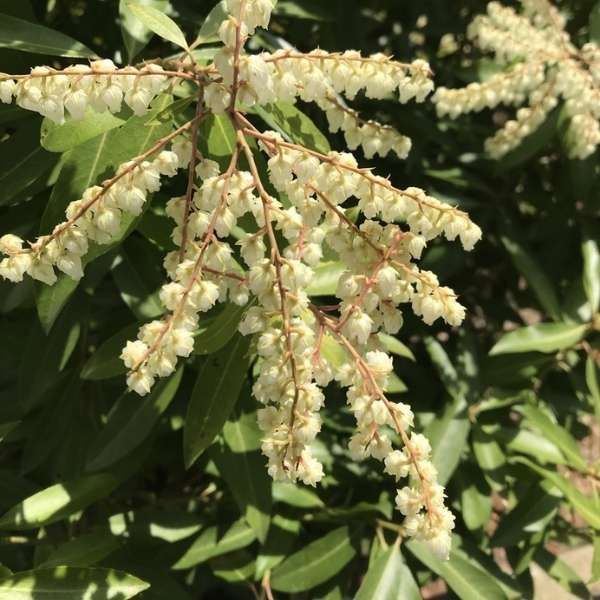
We’d like to maintain accurate and robust plant listings. If you see information that is not correct or that could be added to improve the listing, please let us know. Or if you’d like to suggest a plant to add to our plant guide, you can use this form do so. Thank you!
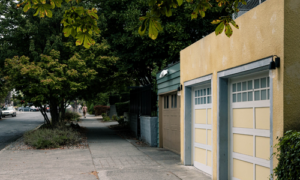
Take a virtual tour of Capitol hill with naturalist and author David B. Williams and gain a new appreciation of the nature of the city and its wild side.
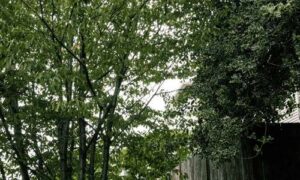
The plants, animals, fungi, microbes, and other natural features that make up “urban habitat” are important to the character, function, and livability of cities.
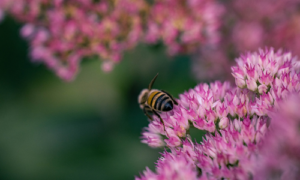
This workshop will guide you through the process and materials needed to help you decide if Mason Bees are right for you and your garden, whether you have a small deck or an open garden.
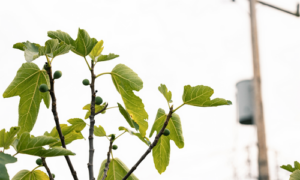
Learn about the diversity in pigeon populations in the United States and the implications of this variability on the species.
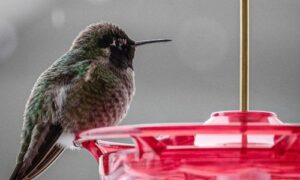
The urban environment presents dangers to wildlife that they are not always adapted to overcome. Reducing urban hazards is an essential part of enhancing habitat in cities. After all, we do not want to lure wildlife into our neighborhoods only to have them fatally collide with our windows.
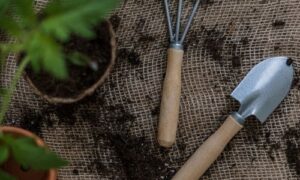
New types of vegetation can attract additional wildlife to an area. You might be surprised how a little green can go a long way!
Nature of Your Neighborhood is a collaboration between Birds Connect Seattle, the Capitol Hill EcoDistrict, and the Seattle Bird Conservation Partnership. Our goal is to foster relationships between the people and the nature of their neighborhoods.